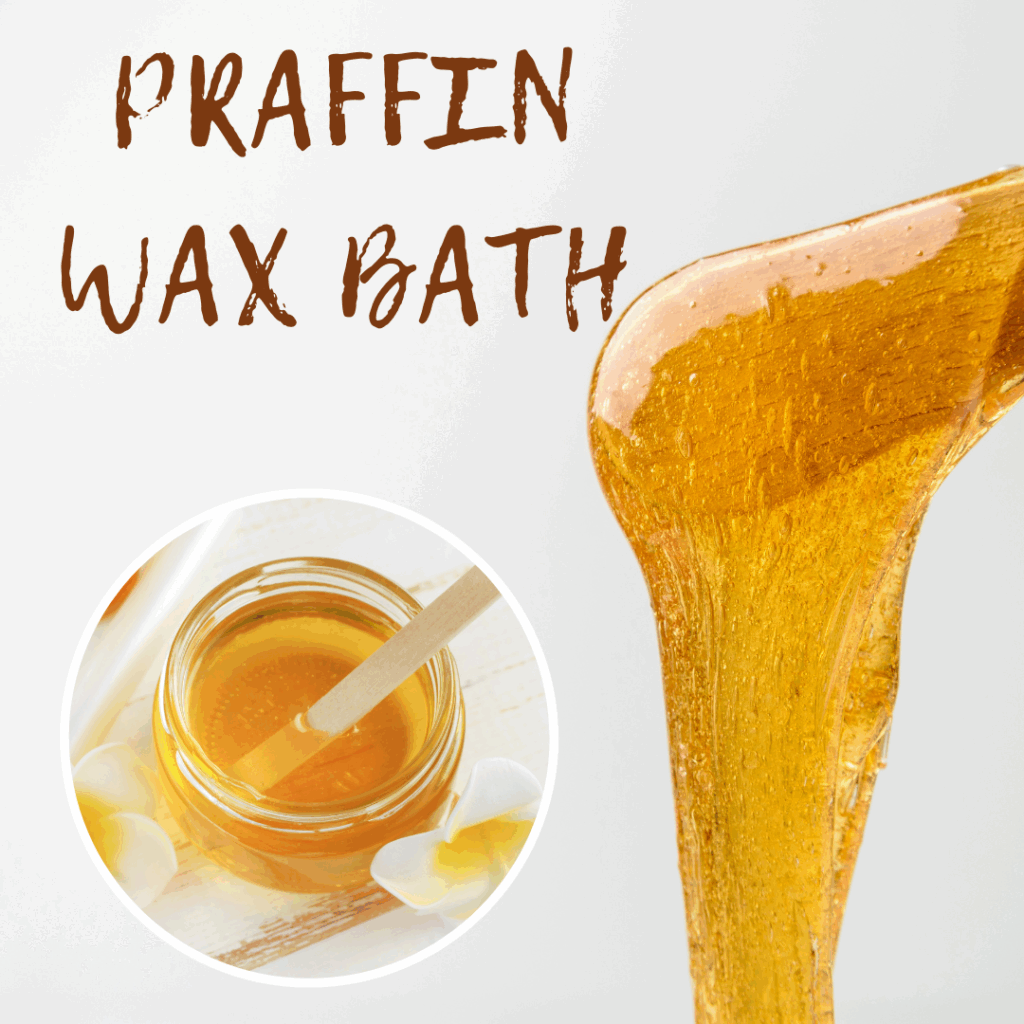
Paraffin Wax Bath for Deep Connective Tissue Activation
1. Introduction
Paraffin wax bath therapy is a well-established modality in physical therapy, dermatology, and rehabilitation medicine. Primarily used for pain relief and improving joint mobility, recent clinical evidence suggests its efficacy in deep connective tissue activation. This paper explores the historical evolution, physiological mechanisms, clinical applications, and evidence-based outcomes of paraffin wax therapy, supported by case studies and comparative analyses.
2. History and Origin of Paraffin Wax Therapy
Early Use of Wax in Medicine
- Ancient Egyptians (3000 BCE) used beeswax for embalming and wound healing.
- Greek and Roman physicians applied warm wax for joint stiffness and muscle pain.
Modern Development
- 19th Century: Industrial paraffin production began, leading to medical applications.
- Early 20th Century: Physical therapists adopted paraffin wax for arthritis and rheumatism.
- Mid-20th Century: Standardized paraffin bath units were introduced in rehabilitation centers.
- 21st Century: Advanced research on deep tissue penetration and connective tissue remodeling.
3. Physiological Effects of Paraffin Wax on Connective Tissue
Thermal Properties
- Low melting point (47–65°C) allows safe, sustained heat transfer.
- Insulating effect retains heat longer than water-based therapies.
Biomechanical Impact on Connective Tissue
- Collagen Plasticity: Heat increases collagen extensibility, reducing stiffness.
- Vasodilation: Improves blood flow, enhancing nutrient delivery and waste removal.
- Neuromuscular Effects: Reduces muscle spasm and fascial restrictions.
Deep Tissue Penetration
- Studies indicate heat penetration up to 1–2 cm, affecting superficial fascia and deeper connective layers.
- Combined with manual therapy, enhances myofascial release.
4. Mechanism of Deep Connective Tissue Activation
Step-by-Step Process
- Heat Transfer: Paraffin conducts heat efficiently into subcutaneous layers.
- Collagen Fiber Relaxation: Enhances elasticity of tendons and ligaments.
- Fascial Gliding: Reduces adhesions between fascial planes.
- Metabolic Activation: Increases fibroblast activity, promoting tissue repair.
Supporting Evidence
- Study by Petrofsky et al. (2013): Demonstrated improved flexibility in patients with Dupuytren’s contracture after paraffin therapy.
- MRI Thermography (2020): Confirmed deep thermal effects on plantar fascia.
5. Clinical Indications and Contraindications
Indications
- Rheumatoid & Osteoarthritis
- Post-surgical stiffness (e.g., tendon repairs)
- Chronic tendinopathies (e.g., Achilles, lateral epicondylitis)
- Scleroderma & Dupuytren’s contracture
- Fibromyalgia & Myofascial Pain Syndrome
Contraindications
- Open wounds or infections
- Severe peripheral neuropathy
- Vascular insufficiency
- Acute inflammation
6. Treatment Protocols and Application Techniques
Standard Procedure
- Wax Preparation: Melt paraffin at 52–54°C in a thermostatically controlled bath.
- Application Methods:
- Dip & Wrap (7–10 dips, then plastic wrap for insulation)
- Brush-On Technique (for localized areas)
7. Comparative Analysis with Other Thermal Modalities
| Modality | Depth of Penetration | Best For | Limitations |
|---|---|---|---|
| Paraffin Wax | 1–2 cm | Hands/feet, fascial release | Limited for large areas |
| Hot Packs | 0.5–1 cm | Muscle relaxation | Rapid cooling |
| Ultrasound | 3–5 cm | Deep tendons/ligaments | Requires skilled application |
8. Future Directions and Innovations
- Nanoparticle-Enhanced Paraffin: For targeted drug delivery.
- Smart Temperature-Adaptive Wax: Auto-adjusting heat based on tissue response.
- Virtual Reality-Assisted Therapy: Combining thermal and cognitive pain modulation.
9. Conclusion
Paraffin waX bath therapy is a time-tested, evidence-backed modality for deep connective tissue activation. Its ability to enhance tissue elasticity, reduce pain, and improve mobility makes it indispensable in rehabilitation. Future innovations may expand its applications in regenerative medicine.